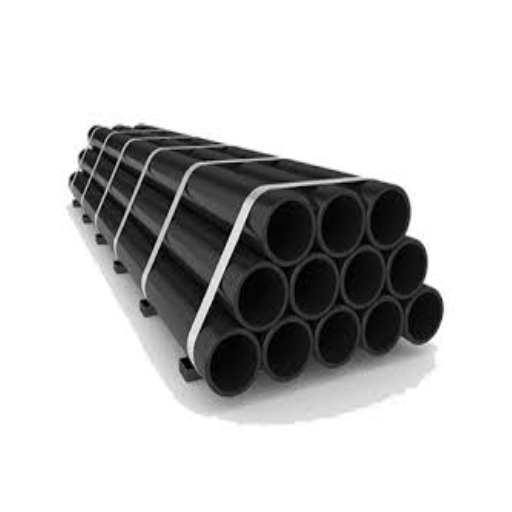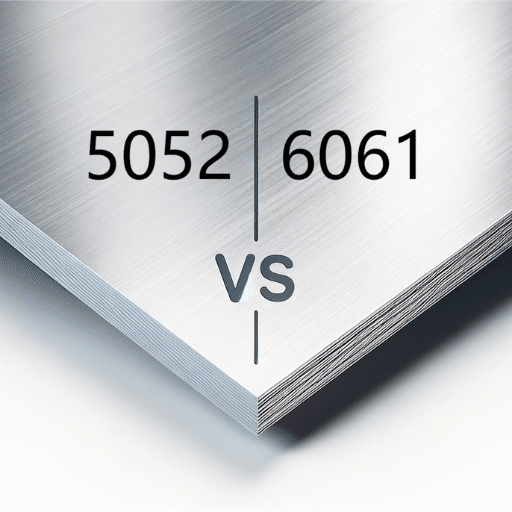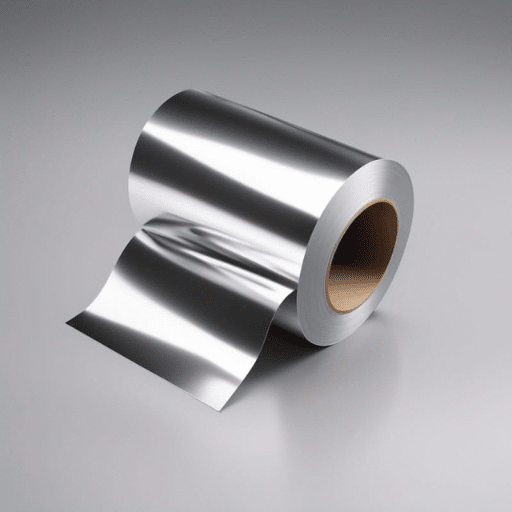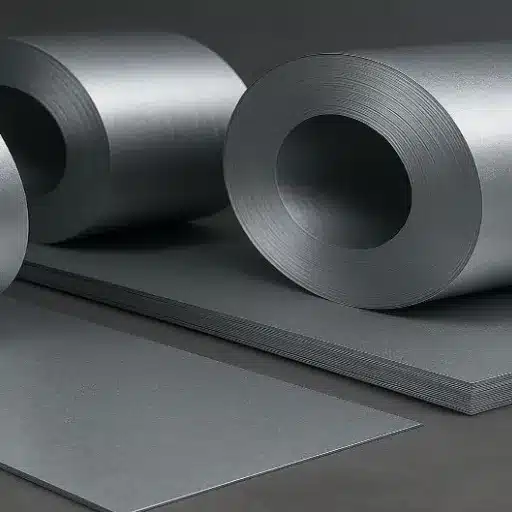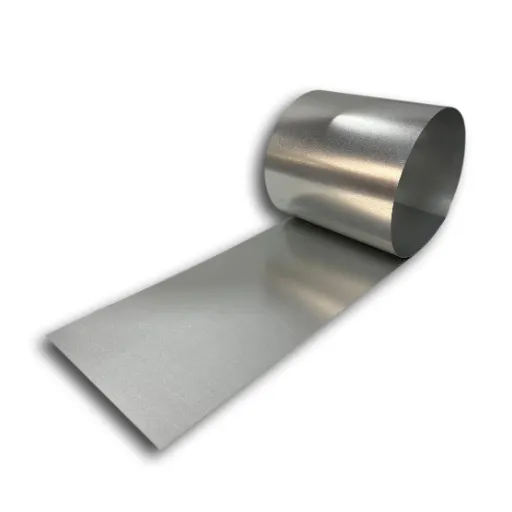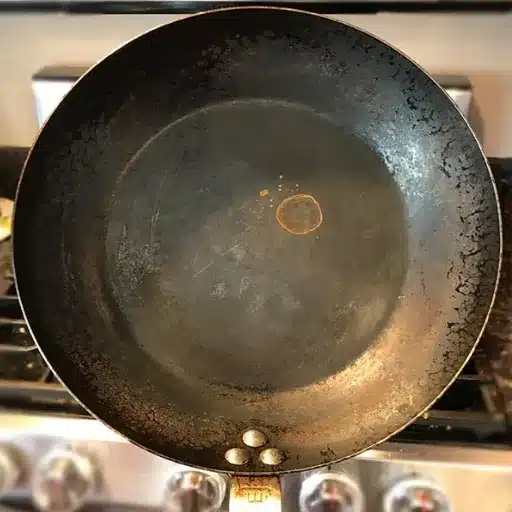The API 5L line pipe specification serves as a critical standard in the oil and gas industry, defining the requirements for steel pipes used in transportation systems. Whether you’re building a pipeline to transport crude oil, natural gas, or water, understanding the nuances of API 5L grades, welding processes, and applications is essential for ensuring safety, efficiency, and compliance. This guide is designed to provide a comprehensive overview of API 5L pipe properties and classifications, detailing the differences between PSL1 and PSL2, grade options such as X42 and X80, and the advantages of various welding techniques. By the end of this article, you’ll have a clear understanding of how to choose the right API 5L pipe for your specific project needs and how this specification supports the demands of modern pipeline systems.
Overview of API 5L Line Pipe Specification
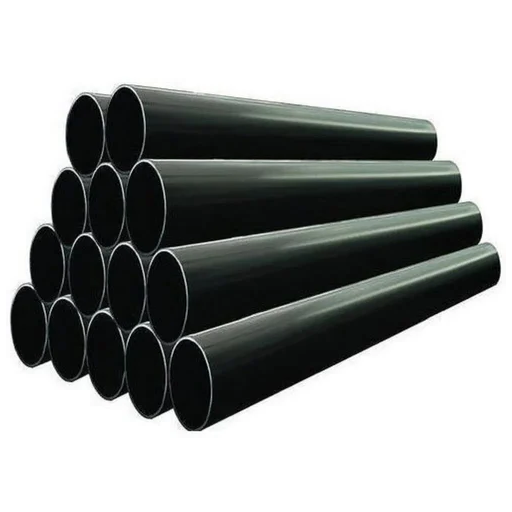
Definition and Importance of API 5L Specification
API 5L, a specification by the American Petroleum Institute, is an internationally recognized standard specifying the manufacturing and use of steel pipes for transportation systems in the oil and gas industry. It specifies basically the requirements of strength, chemical composition, mechanical properties, and performance needed in pipelines designed to convey oil, gas under different operating conditions, or water. Uniformity in the industry is desirable, and there must be reliability and safety in pipeline operations. It is these factors that are worked on by this specification.
The essence of API 5L is to provide a thorough standard framework that will, in particular, fill the assessment gap for a pipe’s suitability under high-pressure environments and extreme temperatures. Standardizing wall thickness, yield strength, and toughness between a pipe and a pipe-shaped vehicle, the API 5L standard ensures seamless integration into infrastructure projects and compatibility with global industry practice. It is important to note that the API specification defines two levels of product specification: PSL1 and PSL2, thus allowing engineers and project managers to select pipes based upon required quality and functionality for specific applications.
API 5L thereby tries to remove risk factors that could lead to pipeline failure, hence environmental hazards or downtime situations. Testing procedures and quality assurance programs are presented in detail for pipe manufacturers and operators so that they can test their products forever for durability and performance effectiveness. In general, API 5L ensures the backbone for safe, viable, and efficient transportation systems and, hence, is indispensable in modern pipeline engineering.
Historical Context of API 5L Standards
The inception of API 5L standards can be traced back to the early 20th century, when the oil and gas industry attempted to create specifications for pipelines to ensure safety, reliability, and efficiency. The American Petroleum Institute set forth the API 5L specification as a basis for standardizing the material and manufacturing requirements for steel pipes used in transportation systems for oil, gas, and other fluids. This was a significant step toward addressing problems of varying material quality, which had been plaguing a fast-growing energy infrastructure.
These major updates brought in research-driven advancements in the grade of steel, welding processes, and control methods. One such example was the adoption of distinctions between PSL1 and PSL2 to introduce more stringent material testing and performance requirements for projects that demand greater resistance and tighter tolerances. The aptitude of these revisions for assisting pipeline projects throughout the world, which have in turn become greater in complexity and magnitude, is very telling.
The present-day API 5L appears to be a very important standard within the oil and gas industry with regard to the construction of pipelines. Its acceptance and use in different parts of the world and within a variety of regulatory frameworks provide for worldwide interoperability. The very existence of this standard down through the years speaks much about the foundation that it laid toward improving the overall quality of pipeline infrastructure, reducing operational hazards, and empowering the industry in meeting the current energy demands.
Applications in Oil, Gas, and Fluid Transport
The API 5L grade finds applications across various service conditions in the oil, gas, and fluid transport industries, due to stringent requirements for strength of materials, durability, and corrosion resistance. Listed below are five major fields in which pipelines conforming to API 5L are applied:
- Crude Oil Transportation: The API 5L pipelines are central to the transportation of crude oil in large quantities from extraction sites to refineries, ensuring a safe and efficient transfer over long distances. Statistical figures have it that pipelines transport about 70% of the crude oil worldwide, offering the industry a less-hazardous means than roads or rail.
- Natural Gas Distribution: With the growing demand for natural gas worldwide, API 5L pipelines are widely used for distribution networks, supporting high-pressure operations while maintaining the structural integrity of pipelines. This is, for instance, the case with standards allowing grades such as X70 and X80, which are highly needed in high-stress environments.
- Refined Product Pipelines: Pipelines for the movement of refined petroleum products like gasoline, diesel, and jet fuel must be resistant to chemical attack and temperature variation. API 5L pipes satisfy both requirements and more with specified resistances to environmental and operational stresses.
- Offshore and Subsea Pipelines: Offshore pipelines need to resist high pressures, saline corrosion, and harsh atmospheric conditions. API 5L grades for such use facilitate the transport of hydrocarbons from offshore platforms to onshore processing facilities where depth pressures can exceed 3,000 m.
- Water Supply and Slurry Transport in Industrial Processes: API 5L pipelines find their use in the transport of water, chemicals, and slurries in heavy industrial processes, apart from being used by the oil and gas industry. Their ruggedness and ability to handle a variety of fluids make them indispensable to those industries requiring low-maintenance, high-capacity pipelines.
Being thus used, the above applications attest to the versatile character and paramount importance of API 5L standards in answering the stringent needs of fluid transportation under diversified working conditions.
Grades of API 5L Pipe
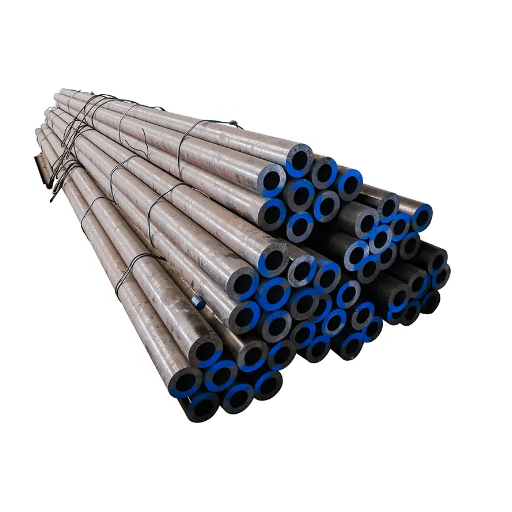
Understanding API 5L X Grades
API 5L X grades are classifications that describe pipeline steel based on its minimum yield strength, thereby providing a clear frame of reference within which material selections can be made in various working scenarios. The grades range from X42 to X80, and higher, with the numerical suffix indicating the yield strength in ksi or kilopounds per square inch. For example, the grade X42 carries the minimum yield strength of 42 ksi, and X80 signifies 80 ksi. This mechanism allows engineers to specify pipe materials that correspond to pressures, temperatures, and environmental conditions under which the pipe will be functioning.
On the other hand, higher-grade excavations, such as X70 and X80, are usually in demand in high-pressure environments. They are capable of retaining their structure while also allowing less material usage so that higher strength weighs less. Less strong varieties like X42 and X52 are used in applications where less stress is felt and where cheaper costs make them favorable options.
API 5L X grades play a role in weldability and toughness, especially at sub-zero temperatures or corrosive environments. Higher grades may need advanced welding techniques or heat treatment for durability, for instance. Hence, selection of the API 5L X grades must be made with scrupulous analysis so as not to sacrifice strength, versatility, and practicability.
Comparison of API 5L X42, X52, X60, X65
The API 5L grades X42, X52, X60, and X65 differ in yield strength, tensile strength, chemical composition, and applications. Their strength increases as they become more suited to high-pressure environments.
|
Grade |
Yield (ksi) |
Tensile (ksi) |
C Max |
Mn Max |
P Max |
S Max |
Elongation |
Applications |
|---|---|---|---|---|---|---|---|---|
|
X42 |
42 |
60 |
0.26 |
1.20 |
0.030 |
0.030 |
28% |
Standard |
|
X52 |
52 |
66 |
0.26 |
1.40 |
0.030 |
0.030 |
21% |
High Pressure |
|
X60 |
60 |
75 |
0.26 |
1.40 |
0.030 |
0.030 |
20% |
High Stress |
|
X65 |
65 |
77 |
0.26 |
1.45 |
0.030 |
0.030 |
18% |
Extreme Pressure |
Types of API 5L Pipe
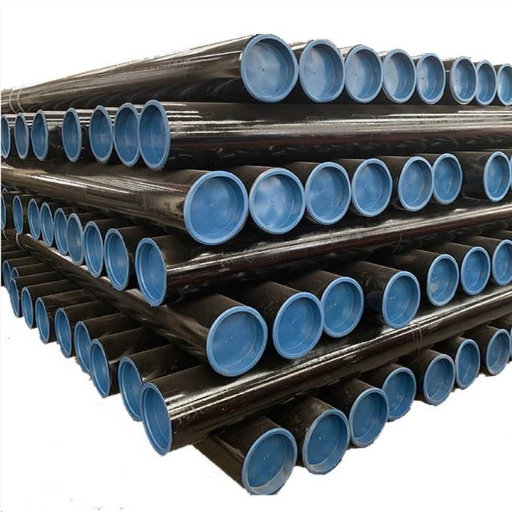
Seamless vs. Welded API 5L Pipe
They’re of the API 5L seamless pipe: these provide greater strength and uniformity, whereas welded pipes are cheaper and available in bigger sizes. They differ in manufacture, application, and properties.
|
Aspect |
Seamless |
Welded |
|---|---|---|
|
Strength |
High |
Moderate |
|
Uniformity |
Excellent |
Weld seam present |
|
Cost |
Higher |
Lower |
|
Sizes |
Limited |
Larger |
|
Manufacture |
No welds |
Welded seam |
|
Applications |
High pressure |
General use |
|
Durability |
Superior |
Adequate |
|
Flexibility |
Limited sizes |
Wide range |
Advantages of Welded Pipe in Pipeline Applications
In pipeline works, welded pipes find extensive utilisation due to several benefits, of which cost-effectiveness, efficiency, and material consistency are paramount. Let us discuss in detail five advantages of using welded pipes for various pipeline works:
- Cost-Effectiveness: In most situations, welded pipes are cheaper than seamless ones. For the production of welded pipes, only flat steel plates or coils are used, which are cheaper than the solid billets needed for seamless production. Welded pipes are thus less costly to construct and maintain than seamless pipes.
- Customizable Dimensions: It is possible to manufacture welded pipes with a large range of diameters and wall thicknesses, making them highly adaptable to meet specific project requirements. For large-diameter pipelines that are commonly required for long-distance transport of oil and gas, helical welded pipes are mostly used due to their flexibility in meeting design requirements.
- High Availability and Short Lead Times: Compared to seamless pipes, welded pipes are mostly readily available throughout the market because of their relatively simple manufacturing process. Reduced lead times almost always assist in the timely execution of pipeline projects and are an important consideration in industries like energy and water management.
- Enhanced Material Efficiency: The production of welded pipes usually results in less wastage of material, precision being key when flat steel sheets or coils are cut to the required dimensions. In addition, the use of advanced welding methods ensures excellent weld seams that are also uniform in strength, hence optimizing the structural integrity of the pipe itself.
- Range of Application: Modern welding technologies, such as submerged arc welding (SAW) and electric resistance welding (ERW), produce stronger, more consistent joints. Welded pipes perform well when used to transport fluids under high pressure and potentially corrosive conditions. For such services, welded pipes are commonly selected for oil, gas, and water pipelines.
Thus, based on these factors, welded pipes have become an essential part of pipeline infrastructure that offers efficient, durable, and inexpensive solutions tailor-made for varied industrial requirements.
Applications of API 5L Seamless Pipe
API 5L seamless pipes find application in pressure-bearing and stress environments requiring corrosion resistance, forgings for wear, and so forth. The five major uses of API 5L seamless pipes with their detailed functionalities are:
- Oil and Gas Transportation: API 5L seamless pipes find extensive application in suspending crude oils, natural gases, and refined petroleum products. Their capability to withstand high pressures renders them suitable for both onshore and offshore pipelines. For example, sour gas environments using seamless pipes should use proper material grades (e.g., X52 or X65) so as to resist corrosion and cracking caused by hydrogen sulfide.
- Water Distribution Systems: Seamless pipes are often used within water supply networks on a grand scale, especially in certain scenarios where high-pressure water flows are involved. Such pipes help in keeping the system efficient and durable to avoid cases where pipe ruptures may result in expensive maintenance costs. They are equally good in the transport of potable water since they conform to relevant safety standards.
- Petrochemical Plants: The petrochemical and chemical-processing industries demand seamless pipes mainly because of their ability to withstand either high temperatures or highly corrosive substances. API 5L pipes, especially those with higher grade steels, would be used for pipelines carrying chemicals at high temperature and pressure.
- Structural Applications in Construction: API 5L seamless pipe is a term often used in structural engineering works where heavy load-bearing, robust materials are required. They are used in the construction of frameworks, bridges, and heavy machinery components because of their constant shape in cross-section and high tensile strength.
- Power Generation Facilities: Thermal and nuclear power projects would very well use API 5L seamless pipe systems for transporting fluids, steam, and water under very high pressures and temperatures. The precision engineering ensures the safety and reliability of their performance, a critical factor in operational stability.
These various uses showcase the versatility of API 5L seamless pipes in arriving at industrial problems requiring extreme durability, reliability, and cost-effectiveness. Their all-pervasive usages show the integral nature of these pipes into modern engineering and infrastructural projects.
Technical Specifications of API 5L Pipe
Pipe Sizes and Wall Thicknesses
API 5L pipes are manufactured in a wide array of nominal pipe sizes (NPS) and wall thicknesses to fulfill various industrial requirements. Sizes typically range between 1/8 inches through 48 inches and are categorized into different schedules or standard weights, such as Schedule 10, 40, and 80. Wall thicknesses match the pipe size and pressure requirements to suit the operational conditions.
All wall thickness measurements strictly adhere to the specified tolerances given under the API 5L standard so as to allow uniformity and pressure resistance. For example, pipes of large diameter will usually have thick walls the fear being crushed from large external forces exerted on them or internal pressure. The X grades (for example, X42, X52, X65) further specify mechanical properties and strength, with the higher the grade, the greater the strength.
These specifications ensure that API 5L pipes deliver peak performance in all respects, such as in oil and gas transportation, structural engineering, and fluid conveyance, and are all compliant with industry standards and working efficiency.
PSL1 and PSL2 Differences and Standards
PSL1 (Product Specification Level 1) and PSL2 (Product Specification Level 2) denote two different grades of quality and testing applied to API 5L pipes, with PSL2 involving the stricter of the two. Major differences come down to chemical composition, mechanical properties, and testing procedures. For example, PSL2 pipes require strict controls on chemical properties, such as maximum contents for phosphorus and sulfur, thus limiting impurity. Moreover, for higher steel grades, they require normalizing or controlled rolling to improve strength and toughness.
Mechanical properties are also different, with PSL2 enforcing minimum Charpy V-notch impact values for the utmost fracture resistance. Additionally, PSL2 pipes are required to undergo NDT, including ultrasonic examination, to detect defects. This, however, is not required of PSL1. Traceability and certification must be inherently assured by PSL2 pipes, with strict quality documentation present to ensure conformity.
Applications requiring ultimate integrity, including offshore oil and gas transportation and harsh environmental applications, generally tend to specify PSL2 for structural safety and operational integrity. In contrast, PSL1 is mostly chosen to work where cost implications carry more merit. Through selecting pipes as per these standards, industries ensure optimum material functioning while abiding by stringent safety and regulatory codes.
Material Properties and Mechanical Requirements
Pipe material and mechanical characteristics based on the API standards are required to match the corresponding PSL grades. They intend to ensure that the material is capable of reliable and durable service and structural performance under a variety of operating conditions. One main difference between the production of the PSL1 and PSL2 pipes is the chemical composition of the pipe and its mechanical properties and testing requirements.
According to higher quality control, with tighter chemical composition limits to reduce the potential for environmentally assisted cracking, heavy requirements to ensure better notch toughness to resist impact damage, and mandatory non-destructive inspections like ultrasonic inspections, are made by the PSL2 specification. The composition limits outlined in PSL1 are wider and usually do not require such rigorous testing methods in the first place. For instance, tensile strength values of grades differ, and yield strength values also differ for PSL2 pipes due to the best mechanical performance given by stringent requirements for materials.
A Grade X65 PSL2 pipe, for example, requires a minimum yield strength of 65,000 psi (448 MPa) and is subjected to Charpy V-notch impact testing to demonstrate its fracture toughness and ability to perform at extreme temperatures. On the other hand, PSL1 pipes of the same grade can be certified only to the basic tensile properties and not necessarily to these additional mechanical tests. This distinction enables one to know that PSL2 pipes are engineered for applications where safety, resilience, and the operational life of the pipe are critical, while PSL1 pipes are designed to be a more economical option for less critical environments.
Benefits of Using API 5L Pipe
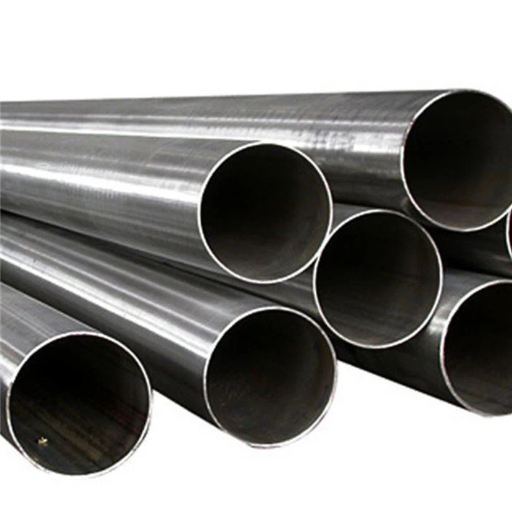
Safety and Reliability in Fluid Transport
Acknowledged for worldwide acceptance with regards to high safety standards and reliability in transporting a variety of fluids, including water, oil, or natural gas, these pipes undergo strict quality control systems to meet or even transcend industry specifications. Divided into PSL1 and PSL2 groups, API 5L pipes acquire an added flexibility for diverse application requirements, providing alternatives for both safety and economics. More so, PSL2 pipes have comparatively higher mechanical performance requirements, including Charpy impact tests, thus making it more suitable for applications where extreme stress or temperature variations prevail.
Rating for any API 5L about yield strength, tensile properties, corrosion resistant properties, etc., is highly relevant when considering fluid transport system integrity. High-grade material composition of PSL2 pipes makes it almost not far-fetched to have a crack or to fail due to a leak under intense pressure or corrosive environment. This property hugely mitigates serious failures, endangering the lives of both personnel and infrastructure. Also, some grades of API 5L pipes are resistant against hydrogen-induced cracking (HIC) and sulfide stress corrosion cracking (SSCC), which are very critical issues in sour-service environments.
Apart from mechanical strength, API 5L pipes also shield the environment by preventing fluid loss and efficiently utilizing resources. The dependable nature of these pipes restricts the possibility of fluid contamination through leakage, especially when dealing with hazardous chemicals like crude oil or natural gas. This way, the company can be touted as running a sustainable operation in compliance with strict environmental standards and industry-specific regulatory requirements. Although flexible and certified, API 5L pipes serve as one of the most common pipes required in the safe and efficient conduct of fluid transport systems across different industries.
Cost-effectiveness and Durability
Employment of the API 5L pipe would entail an evaluation of the cost-effectiveness concerning capital investment vis-a-vis operational savings in the long run. These pipes are designed to withstand quite high pressures while conveying fluids for longer distances, such that the pipes undergo less frequent repairs and replacements. Reduction of costs due to downtime for maintenance and disruption during operations could prove substantially beneficial for businesses throughout the pipeline life cycle. Further, the cost-efficiency of API 5L pipes is due to their scalable character for small- and large-scale pipeline projects such as the oil and gas industries and water distribution.
Durability, on the other hand, is another paramount reason every industry accepts API 5L pipes as the de facto option for fluid transport. Manufactured from top-grade materials, such as carbon steel, they offer extraordinary resistance to mechanical stresses, corrosive attacks, and extreme temperature variations. Additionally, advanced coating technology is used to improve durability by preventing environmental degradation and chemical attacks on the pipe surface. Such features will still allow the API 5L pipe to retain its structural integrity under harsh working conditions for the steady, safe transportation of fluids with very minimal risks of leakage or pipe failure.
One other feature that complements the cost-effectiveness and durability of API 5L pipes is the existence of relevant international standards and hard certification procedures. For instance, within API 5L, a series of standards underlie suitable requirements concerning the strength of materials, chemical composition, and a number of quality assurance procedures. Industries may be assured that these pipelines have met extremely stringent requirements for the safe operations thereof through these comprehensive quality standards. The standard, together with improvements in the manufacturing processes such as high-frequency welding and dimensionally accurate engineering, renders the API-5L pipe a worthy choice capable of imparting economic as well as operational values in current infrastructure projects.
References
-
Piping Design: The Fundamentals
This document discusses API 5L carbon steel pipes and their specifications in the context of piping design. -
Gas Systems Piping
This handbook includes references to API 5L line pipe sizes and standards, providing detailed insights. -
Charpy Impact and Tension Tests of Two Pipeline Materials
This paper examines API 5L X60 pipeline steel under various conditions, adhering to ASTM and ISO standards. -
Welded Tanks for Oil Storage
This document references API standards, including API 5L, in the context of oil storage and pipeline applications. -
Corrosion Behavior of API 5L X70 Carbon Steels
This study focuses on API 5L X70 steel pipes and their performance in hydrogen sulfide environments.
Frequently Asked Questions (FAQ)
Q: What is the API 5L line pipe specification?
A: The API 5L line pipe specification is a standard set by the American Petroleum Institute that governs the manufacturing and quality requirements for steel line pipes used in the transportation of petroleum and natural gas. It covers both seamless and welded steel pipe and includes various grades, such as X42, X52, X60, and X70.
Q: What are the different grades available in the API 5L specification?
A: The API 5L specification includes several grades of steel line pipe, including Grade B, X42, X52, X56, X60, X65, and X70. Each grade has specific mechanical properties, such as minimum yield strength, which are determined for the pipe body and affect its applications.
Q: How is the minimum yield strength determined in API 5L pipe?
A: The minimum yield strength of an API 5L pipe is defined in the specification and varies by grade, impacting the pipe’s ability to withstand pressure and stress during operation. For example, API 5L X60 has a minimum yield strength of 60,000 psi.
Q: What are PSL1 and PSL2 in API 5L specifications?
A: PSL1 and PSL2 refer to the two basic product specification levels outlined in API 5L. PSL1 is the standard quality for line pipe, while PSL2 offers additional requirements for chemical composition and mechanical properties, making it suitable for more demanding applications.
Q: What applications are suitable for API 5L line pipe?
A: API 5L line pipe is primarily used in pipeline transportation systems for petroleum and natural gas. Its applications include transporting crude oil, natural gas, and other fluids over long distances, as well as in various industrial processes.
Q: What is the significance of wall thickness in API 5L pipes?
A: The wall thickness of the pipe is crucial as it affects the overall strength and pressure rating of the pipe. API 5L specifies different wall thicknesses based on the pipe size and grade, ensuring that the pipe can safely handle the intended pressures during operation.
Q: Can API 5L pipes be welded?
A: Yes, API 5L pipes can be either seamless or welded. Welded steel line pipes are manufactured by joining two steel plates or sheets, while seamless pipes are produced from a solid round steel billet. Both types are covered under the API 5L specification.
Q: How does the API 5L specification address different pipe sizes?
A: The API 5L specification includes a range of pipe sizes, and it outlines the requirements for each size, including wall thickness and material properties. This ensures that the pipes meet the necessary standards for strength and durability in various pipeline applications.
Q: What is the difference between seamless and welded steel line pipes?
A: Seamless steel line pipes are manufactured without seams or welds, providing higher integrity and strength, while welded steel line pipes are created by joining steel plates or sheets. The choice between the two depends on application requirements, cost, and availability.

